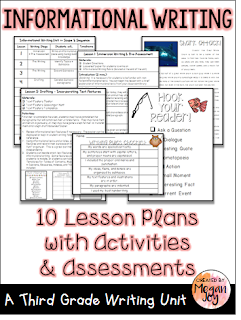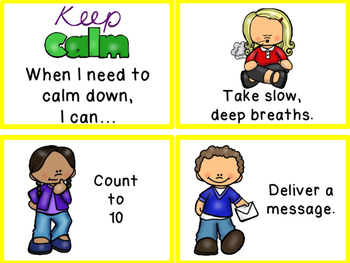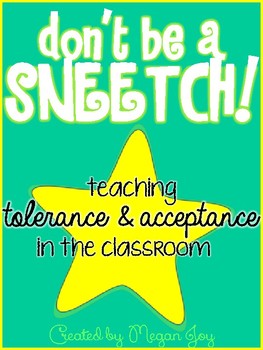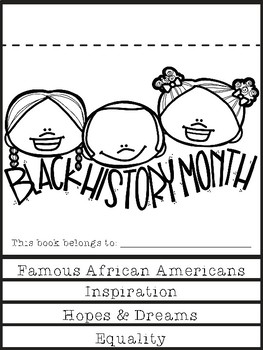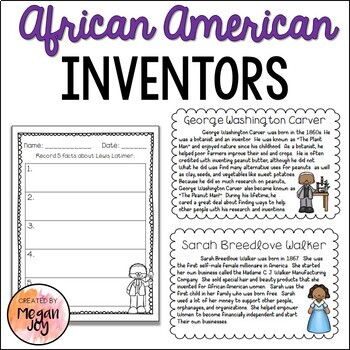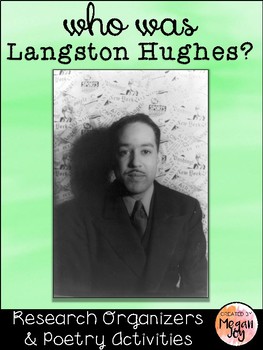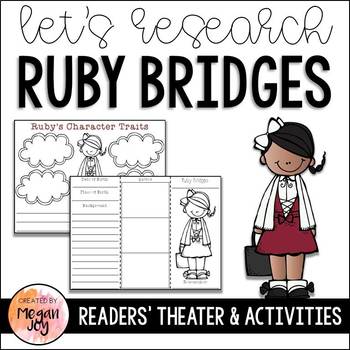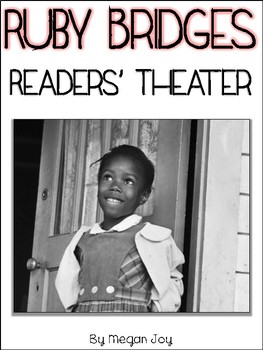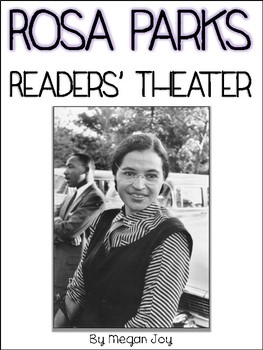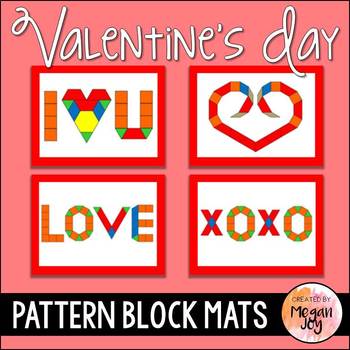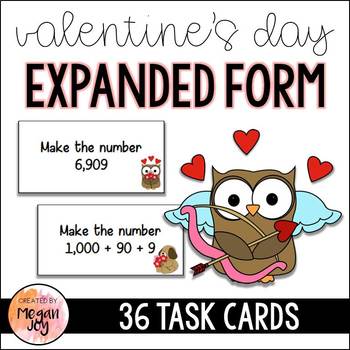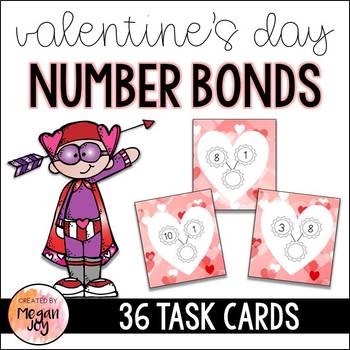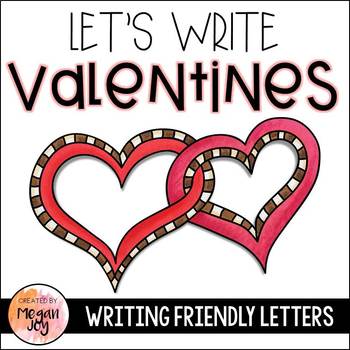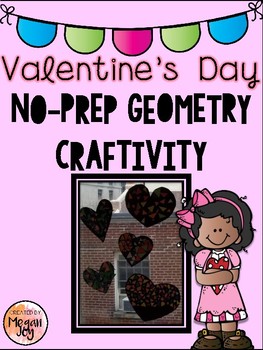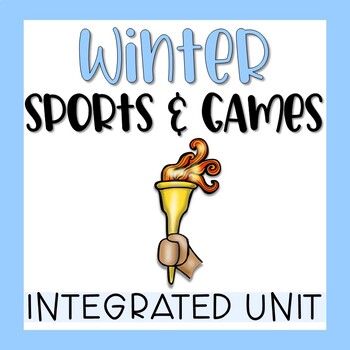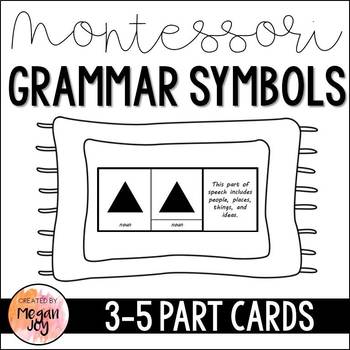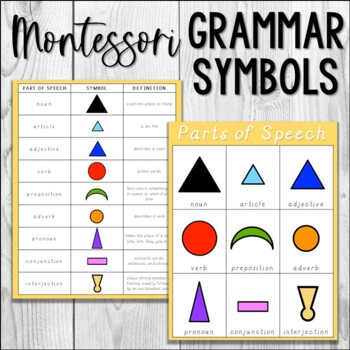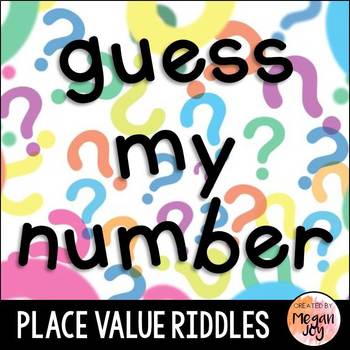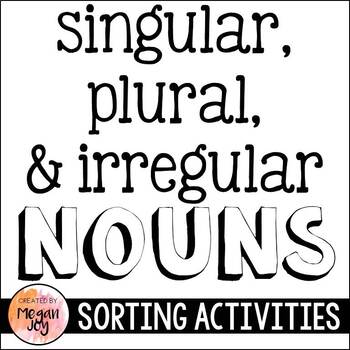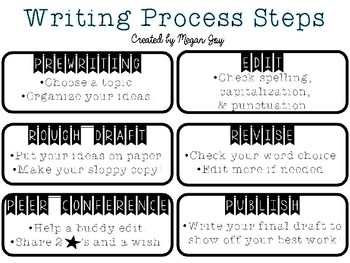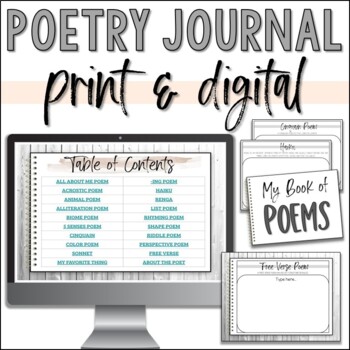Greeting, Teacher Bloglings!
As we are preparing for state testing in a few weeks, my third graders are focusing on polishing up their informational writing. To start our unit, we brainstormed a list of topics that we were experts on together. This included topics from whole class lessons/units and shared experiences like field trips. Then we narrowed down our list to one topic, and y'all... my students chose "A Day in the Life of a Montessori Student" (be still my heart!). We discussed how this topic was broad enough to let us write about a lot of information, but narrow enough that we are not overwhelmed. Next, we made a list of 3 subtopics that we could include in our writing. We came up with work plans, shelf work, and peace (again, their ideas!).
The next step was for students to brainstorm a list of topics they either feel they know about or that they want to learn more about. Some students knew right away the topic they wanted to write about, so they were able to skip this step.
Up to this point, my students have a lot of experience with picking out the main idea and details in a text. We used the following article to further practice identifying the main idea (naming it in specific terms), 3 subtopics, and the facts, details, and information that the author used to develop their paragraphs about those subtopics. This is something I thought might be challenging, but my students did so well with this and it really helped them see how (and why it's important) to organize their own writing!
Using the following graphic organizer, students recorded the subtopics they will write about. Each subtopic is going to be expanded into paragraphs, so the students listed their most important facts and information within each subtopic.
Students are now working on expanding and organizing their paragraphs with a focus on word choice. Some students have been able to take their ideas from the organizer above and form them into paragraphs right on their rough draft, but other students who needed more support with this were able to use the following organizer:
A tool we use often is this paragraph rubric, which we refer to throughout the writing process:
This step takes a while, and at this point in the unit, students are really working at their own pace. I give my students flexibility with what text features they include, but they must have at least three, including an About the Author section... primarily because those are always hilarious to me. Some have chosen to make an entire book about their topic, while others are doing shorter articles,so that affects which features and how many they will use.
After this, we are onto really polishing our word choice! We revisit writing hooks and work on drafting our conclusions. My students especially love to start their writing with onomatopoeia. One little girl who is writing about monarch butterflies begins her article with, "Crunch, crunch, crunch, the hungry monarch caterpillar eats her lunch!" and then goes on to describe their life cycle!
Another important step is the peer review. Students each get a checklist and organizer to keep them accountable. We discuss constructive feedback prior to this exercise, and use the "3 Stars & 1 Wish" format so it's positive for each child.
For these organizers, the lesson plans we followed, and more, check out my Informational Writing Unit that is specifically geared to target 3rd grade writing standards. Click on the image to see the product page where you can view the unit's Scope & Sequence as well as full sample pages:
You may also be interested in my Non-Fiction Text Feature resource that we've used to develop their schema around this area prior to beginning this writing unit:
Happy Teaching!






